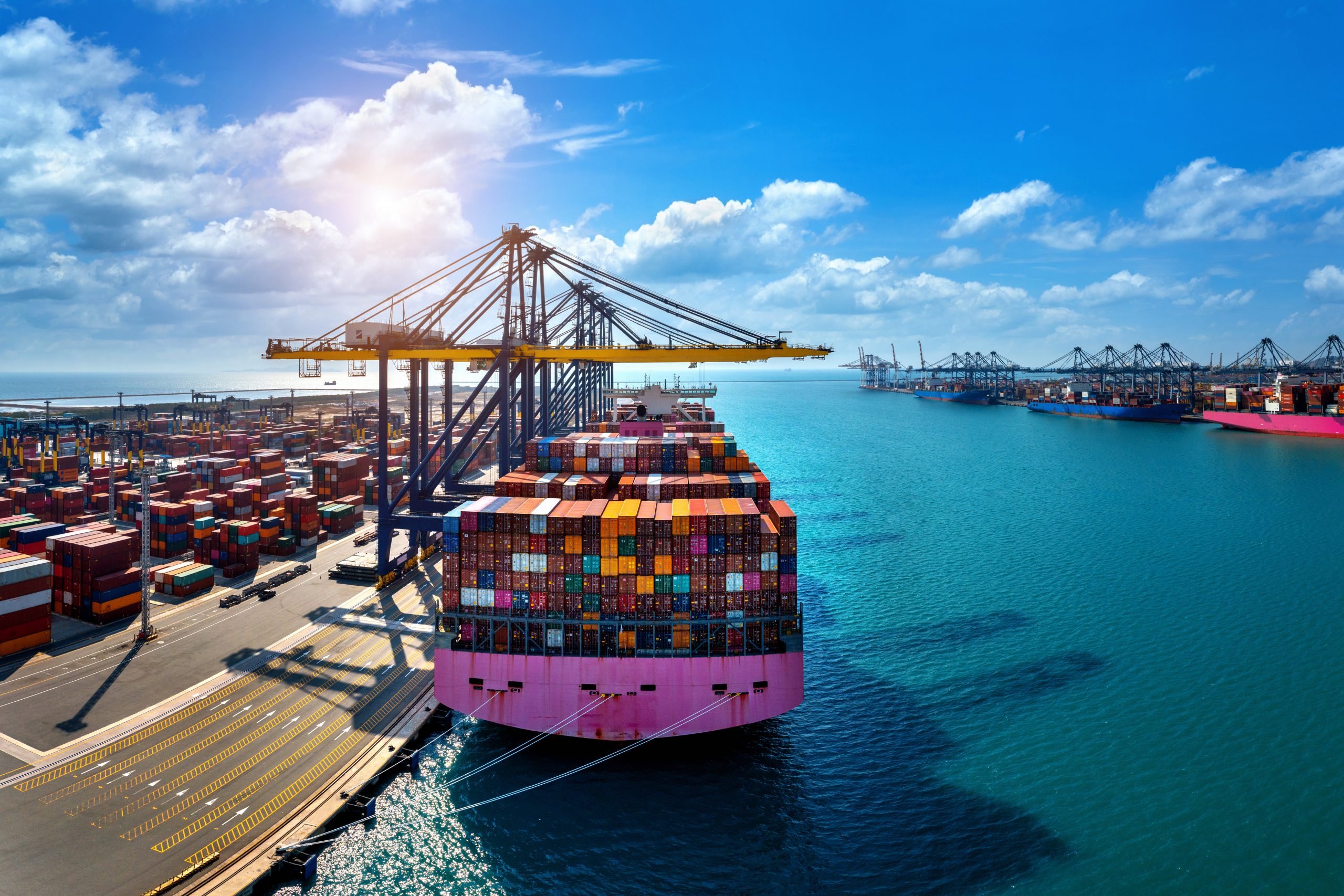News highlight
India and Bangladesh are likely to ink at least one major river water deal later this month.
Key takeaways
- The upcoming meeting of the Joint River Commission (JRC) meeting likely discussed sharing of data on river water and better flood control planning.
- There is a possibility of an agreement on the Ganga and Kushiyara rivers.
Transboundary water conflicts.
- Water remains a politically contested issue in much of South Asia.
- The region is facing water shortage and agrarian difficulties, and it will continue to face increasing demands on energy and water with rapid industrialisation.
- Over-extraction of groundwater is of particular concern, salinity, arsenic contamination of water resources and the impact of climate change that’s reducing the amount of water on the rivers making “water sharing” is an important topic in bilateral relations.
India–Bangladesh water sharing
- Major rivers shared between India and Bangladesh are the Brahmaputra, Ganges, and Teesta.
- Teesta river water sharing
- Sharing the waters of the Teesta river is perhaps the most contentious issue between two neighbors, India and Bangladesh.
- The Teesta river, a tributary of the Brahmaputra, originates in the Teesta Kangse glacier and flows through the state of Sikkim and West Bengal before entering Bangladesh.
- The river covers nearly the entire floodplains of Sikkim in India.
- It has been in conflict since 1947, when the catchment areas of the Teesta were allotted to India.
- After the setting up the India-Bangladesh Joint Rivers Commission in 1972,
- an ad hoc arrangement for sharing of Teesta waters was made in 1983, with India receiving 39 per cent of the water and Bangladesh 36 per cent of it.
- The Ganges Water Sharing Treaty 1996:
- The Ganges Water Sharing Treaty between Bangladesh and India was signed in 1996 for a period of 30 years.
- As per the 1996 treaty for sharing the Ganges waters at Farakka , the division is as follows.
| Availability at Farakka | Share of India | Share of Bangladesh |
| 75,000 cusecs or more | 40,000 cusecs | Balance of the flow |
| 70,000 cusecs or less | 50 per cent | 50 per cent |
| 70,000 – 75,000 cusecs | Balance of the flow | 35,000 cusecs |
- The treaty also permits the construction of barrages and irrigation projects in Kushtia and the Gorai-Madhumati River
- The treaty provides for the setting up of a committee consisting of representatives nominated by the two Governments in equal numbers following the signing of this Treaty.
- The Joint Committee shall submit to the two Governments all data collected by it and shall also submit a yearly report to both Governments.
The Farakka Barrage
- It is a dam on the Bhagirathi River located in the Indian state of West Bengal.
- India uses it to control the flow of the Ganges River.
- The dam was built to divert Ganges River water into the Hooghly River during the dry season to flush out the accumulating silt, which in the 1950s and 1960s was a problem at Kolkata Port on the Hooghly River.
- Bangladesh claimed that its rivers were drying up because of excess drawing of water by India.
Pic Courtesy: The Hindu
Content Source: The Hindu



